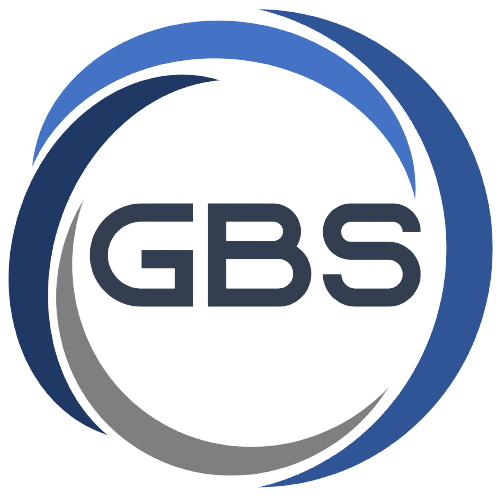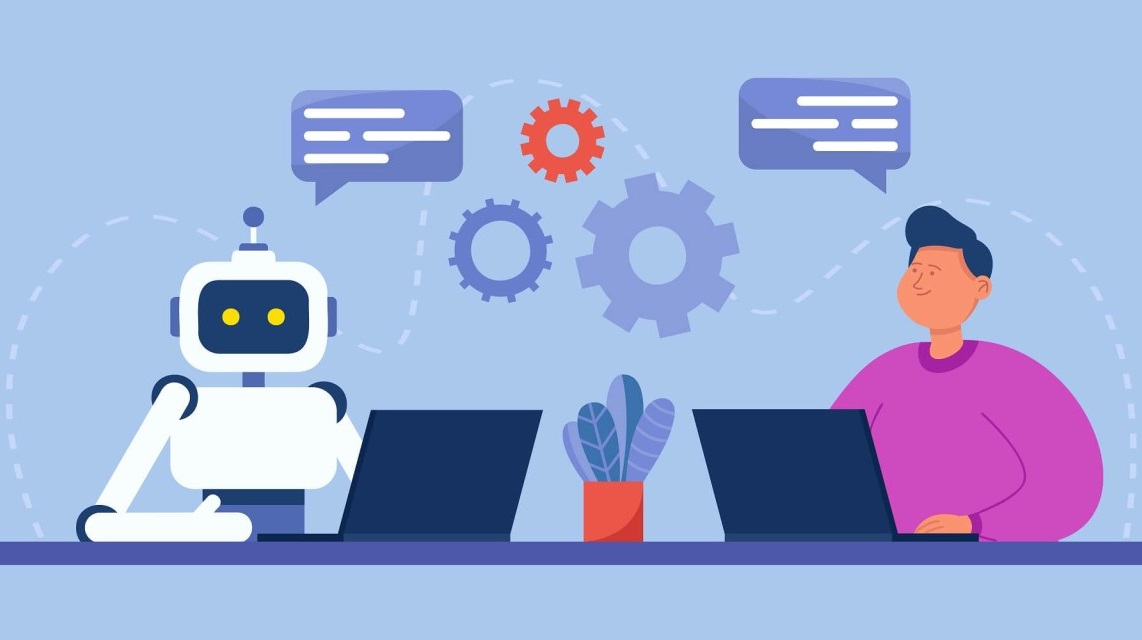HRMS TRENDS
In the rapidly evolving landscape of human resources (HR), the year 2024 is poised to be a transformative period driven by the widespread adoption of Artificial Intelligence (AI). As organizations strive to stay ahead in a competitive market and meet the evolving needs of their workforce, AI is emerging as a game-changer, revolutionizing how HR functions are performed. In this blog post, we’ll explore the key HR trends shaping the year 2024 and how AI is at the forefront of this transformation.
1. AI-Powered Recruitment and Talent Acquisition:
2. Personalized Employee Experiences:
3. Predictive Analytics for HR Decision-Making:
4. Performance Management and Feedback:
5. HR Automation and Process Optimization:
In conclusion, 2024 is set to be the year of AI in HR, with organizations embracing AI technologies to drive innovation, improve efficiency, and enhance the employee experience. By harnessing the power of AI, HR professionals can unlock new opportunities for growth, foster a culture of continuous improvement, and stay ahead in an increasingly competitive landscape.
Contact us today to schedule a consultation with our experts. They will be delighted to meet with you and discuss your plans and requirements related to HR and Artificial Intelligence (AI).
An is a powerful tool that can revolutionize your HR processes and drive your organizational success. In this ultimate guide, we dive into the benefits of incorporating an into your company’s core systems. We’ll also explore key features of an such as employee data management, recruitment and onboarding, performance management, time and attendance tracking, and training and development. Of course every major transformation has its challenges too – but we’ve got you covered with tips on handling these considerations. Let’s dive in!
In today’s fast-paced business world, managing human resources efficiently has become more important than ever before. Human resource management systems (), is a powerful tool that can revolutionize your HR processes and drive your organizational success.
But what exactly is an , and why should you consider implementing one?
An is a comprehensive software solution designed to streamline and automate various aspects of human resource management. From employee data administration to recruitment, performance evaluation, time tracking, training, and beyond – an effective can transform the way you manage all your HR processes.
In this ultimate guide, we dive into the many benefits of incorporating an into your company’s core systems.

